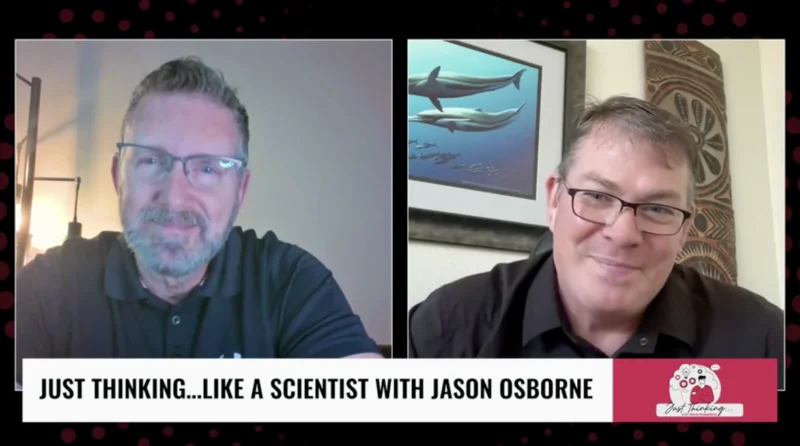What is the Key to Sustainability in the Final Frontier?
On the Space to Grow podcast, Astroscale’s Chris Blackerby and Charity Weeden bring their compelling experience and expertise to map out the technology, international policy, and scalability that will define the next generation of space exploration.
There are three distinct areas of space exploration—civil, commercial, and defense. It’s rare to find a leader that has contributed to all three. Space to Grow welcomed such a pioneer, Pamela Melroy. Melroy spoke with hosts Chris Blackerby and Charity Weeden about her career and the importance of all three aspects cooperating.
Melroy has an impressive career. She was an astronaut, flying three times, and was commander of one of those missions. She held other positions at NASA, the FAA, DARPA, and Lockheed Martin. Now she’s the Director of Space Technology and Policy for Nova Systems, an engineering and technology solutions partner.
Melroy described her career path. “I wanted to be an astronaut and didn’t outgrow it. I had a singular focus on it.
“Sustainability is a national problem, and cooperation essential. The International Space Station represents this. It requires trust to go forward.” – Pam Melroy
Then it was time to stop flying, and I wanted to keep working on important things and another mountain to climb.” It became mountains as she traversed through all aspects of the space world, learning and adapting along the way.
Her experience taught her that the three areas of space were in deep silos. Each has different agendas, motivations, and priorities. Those don’t always align, even for many fundamental areas. She noted the example of servicing satellites. “NASA knows all about it, and I did it in space. However, there’s a fundamentally different approach to the problem.”
Additionally, there is the complex problem of space debris removal, requiring international collaboration, but it’s not happening. Melroy said, “It’s easy to point the finger at the policy issue as holding us back. Sustainability is a national problem, and cooperation essential. The International Space Station represents this. It requires trust to go forward.”
Listen to Previous Episodes Here!
Follow us on social media for the latest updates in B2B!
Twitter – @MarketScale
Facebook – facebook.com/marketscale
LinkedIn – linkedin.com/company/marketscale








